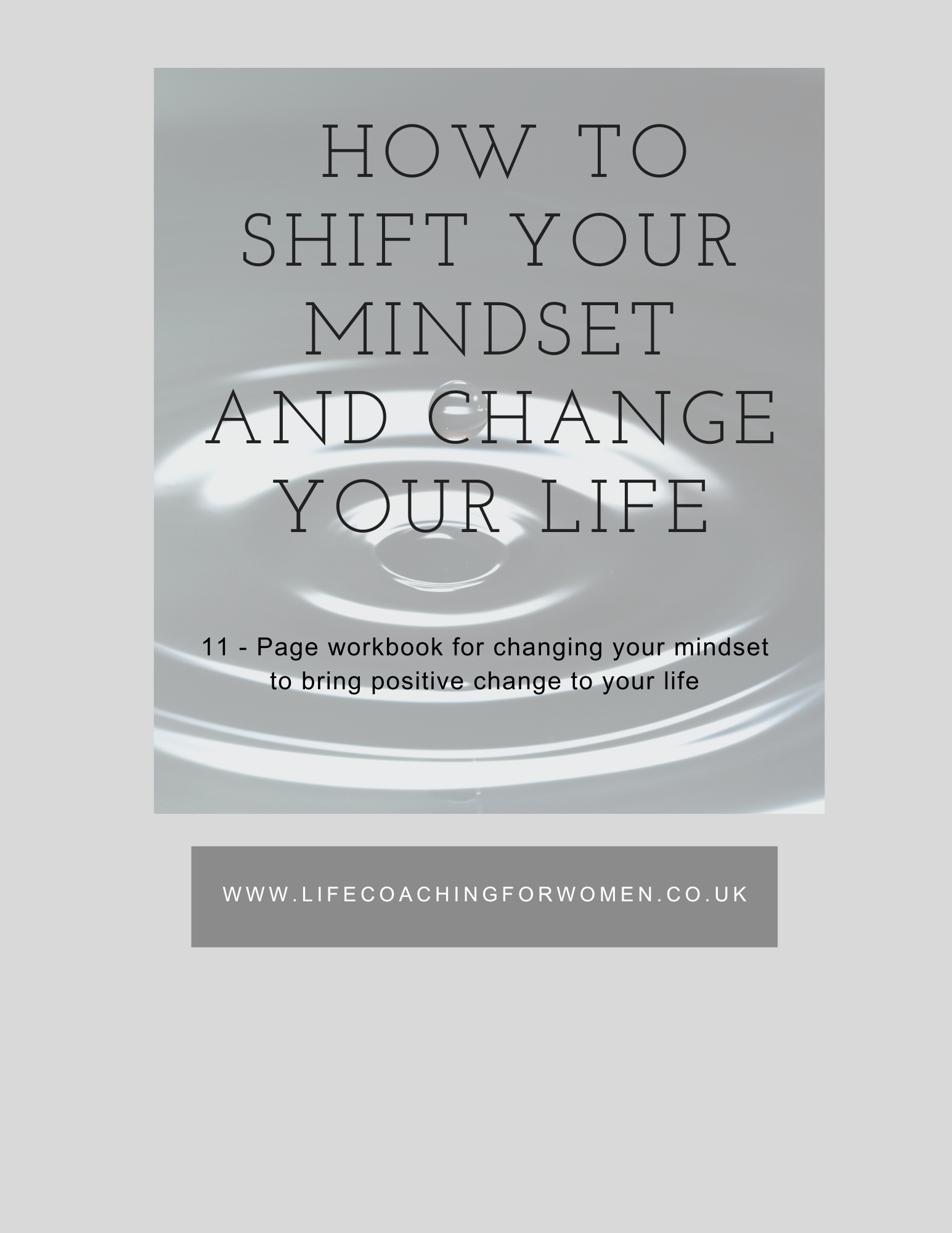Tricking Your Brain into Believing Something New.
Tricking your brain into believing something new
“If you can dream it, you can do it.”
The brain is a very powerful organ, a supercomputer capable of amazing feats. It manages the activities that our bodies perform on a daily basis. It processes the information that comes into and goes out of our bodies, and it operates our emotions and all of our cognitive abilities, such as our memories and thoughts.
Thoughts—that’s a big one because our brain can be either our friend or our foe. The thoughts that we have can either help us or hinder us, and they are all controlled by our brains. Everything that we do in our lives, from our jobs to relationships, hobbies, and pastimes, whether we are happy or sad, angry or calm, is controlled by our brain and the thoughts that emanate from it.
We tend always to believe our brain, it is there to work for us, so it wouldn’t do anything to harm us….or would it? Can we always trust what is happening and being produced in our brains? Would our brain ever feed us false information or make us do something that would be wrong for us? We can always trust our brains, can’t we?
What is a thought?
The brain is the most complex organ in the human body, and it deals with thinking. The majority of thinking-related processes take place in the frontal lobe.
Your brain is built and designed to control and reinforce everything that goes on in your life, and your thoughts are a major part of this.
We all have thousands of thoughts every day, some consciously and some subconsciously.
What happens to you on a day-to-day basis is largely controlled by your thinking, but what exactly is a thought?
The brain is made up of billions of nerve cells, which are called neurons. These neurons collect and transmit electrical signals and send messages to each other, forming thoughts.
We are only aware of a very small percentage of the thoughts that we have, and we are only able to control a tiny amount of the conscious thoughts we have.
The largest part of thinking that goes on in the brain is conducted subconsciously, and very little of our actual conscious thinking will breach through this.
If you feel trapped in old stories about who you are or what’s possible for you, you don’t have to rewire your brain alone. Book a free 20‑minute Mindset Reset session to explore the thoughts that hold you back and learn gentle ways to think and feel something new.
Heuristics. friend or foe?
The brain deals with many processes all of the time. It never stops working, and so it has developed to work in the most efficient and time-saving way imaginable. In the 1950s, a cognitive psychologist called Herbert Simon came up with the concept of heuristics. Heuristics are mental shortcuts that allow us to solve problems and make decisions quickly and efficiently.
For example, when deciding what to wear in the morning using heuristics, we can quickly decide, by what the weather and what we are planning to do during the day, what the best outfit will be to wear. This quick way of reaching a decision saves us a great deal of time and mental energy. In this instance, our brain works to make sure that we leave the house in the correct attire.
At times, though, using heuristics can work against us; it can lead to us having inaccurate judgments of situations and can reinforce stereotypes and prejudices, as the mental shortcuts that we use can stop us from learning more about a situation or person.
Confirmation Bias
Although heuristic thinking generally tends to work in our favour, another type of thinking that can work against us is confirmation bias, a term coined by Peter Watson, an English psychologist.
This is a psychological circumstance in which the brain seeks information that will reinforce beliefs already held. This can be very unhelpful to an individual’s way of thinking when used in a negative way.
Confirmation bias basically makes us believe all the faulty beliefs that we have even more by searching for examples to reinforce our narrative.
The issue that we have is that so often we believe something is a fact even when there is no supporting evidence to prove it.
For example, somebody believes that another person has a negative opinion of them based on thoughts that they have had themselves.
The person’s brain has planted a thought and then goes searching for other information to reinforce that thought, regardless of whether it is true or not.
We can be presented with all forms of confirmation bias, which can add weight to our beliefs not just through our own thinking but through the opinions of others, social media, politics, religion, and news outlets.
Confirmation bias constantly forms the way we look at things, which influences our beliefs and decisions and prevents us from being objective when gathering and using information, whether this is about ourselves or others.
“Change your thoughts and change your world”
Want guided prompts to practise these tools?
Get my free Mindset Reset Workbook with simple questions and exercises to help you apply these techniques to your own life
Mindset Reset Workbook: 11 pages to help you gently teach your brain something new.
Ways to change your thoughts.
Having negative or unhelpful thoughts can be a real problem for so many of us in life, especially when these thoughts interfere with how we operate daily.
Learning to change the way that you think can be crucial to living your life in a more productive and manageable way.
Although we have many subconscious thoughts that we can’t control, there are many ways that we can control the conscious thoughts that we are thinking. Here are some tricks that can train your brain to be your friend rather than your foe.
This kind of questioning is exactly what many women find easier to do in coaching, where someone can gently challenge the thought with you and offer new angles you can’t yet see
Surround yourself with positivity. Make sure that you only have positive people in your life.
Although it is difficult to eradicate negative personalities entirely, try and make a real effort to surround yourself with positive people. This is the same for social media and news outlets.
There is no doubt that social media can play an important role in connecting people, but it can also have a negative effect.
Social media can portray people’s lives as being perfect and can make you feel inadequate about your own life.
Limiting the amount of exposure you have to social media can change the way that you think. The more positives you have in your life, the more you will see positives.
Don’t believe what everyone tells you. We always tend to assume that those around us have our best interests at heart, and whilst to a large extent this may be true, this can still be detrimental to us.
Believing what other people tell us can be harmful because you are taking in their beliefs, which may not be good for us.
People can pass on their own fears and doubts even when they assume they are helping. Follow your own advice instead.
Visualise what you want. As Walt Disney said, “If you can dream it, you can do it.”
Visualising what you want, setting a mental picture in your mind, and then believing this mental picture can be one of the best ways to trick your brain into believing something.
The brain doesn’t know the difference between truth and fiction; it just acts on the thoughts.
Creating a vision board will help you to stay focused on new goals and will help to reinforce what it is you want.
Identify what feelings are holding you back. If you are not achieving something that you want, it could be that your subconscious mind has some conflict with your conscious mind.
Ask yourself questions about the situation that you want to change and identify what feelings arise.
These can give you clear indications as to what you need to do to bring about change. Your feelings will always affect your results, so if you want to make a positive change in your life, your feelings need to reflect this.
Don’t worry about how. So often when we want something, what prevents us from achieving it is the constant worrying and stressing about how it is going to be got. Instead of focusing on the how, just concentrate on the goal. When you are relaxed and open to receiving, it will appear.
Develop a mantra. If there is something that you really want to achieve, then developing a mantra and repeating it over and over again to yourself is one of the best ways to trick your brain into believing that it is a fact. Your mantra should always be spoken in the present tense, ie, “ I love being head of the department”, not “I will love being head of the department”, speak as if you have already achieved what you desire.
If your brain keeps snapping back to the old story, a coach can help you find believable, bridge thoughts that feel true enough for your nervous system to accept.
If you would like to discover how life coaching can help you to trick your brain into believing something new, then click on the link New Thoughts
To change your thinking for good, click on the link to find out more about Change Your Thinking to Change Your Life 4-Week Coaching Programme
If you’re ready to stop letting old stories run your life and want support teaching your brain a kinder, more empowering way to think, you don’t have to do it alone.
Ready to gently rewire your thinking?
In a free 20‑minute Mindset Reset session, we’ll look at one area you feel stuck, uncover the key thoughts holding you there, and explore new ways of thinking and acting that feel believable for you.
If you would like to listen to the audio version of the blog press below.
If you have enjoyed reading this blog post and would like to sahre any thoughts comment and share below






